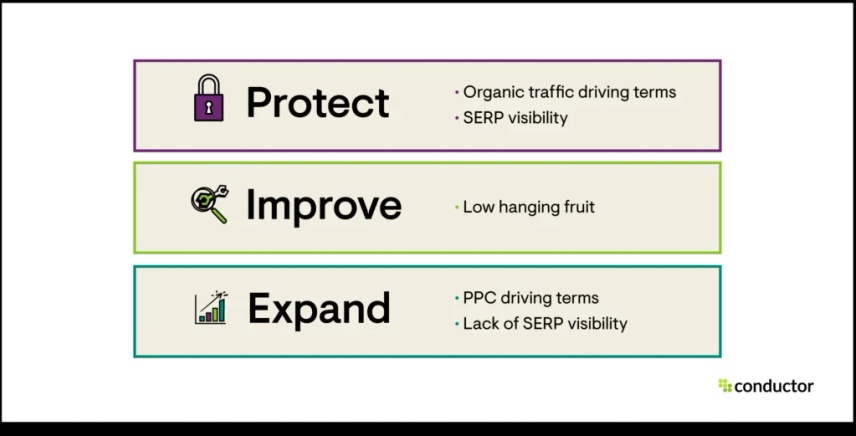Unveiling the Influence of Secondary Dimension in Google Analytics on Information Evaluation and Insights
In the realm of information analytics, the utilization of additional measurements within Google Analytics has actually arised as a pivotal device for drawing out deeper understandings and unraveling facility patterns that may or else continue to be obscured. By peeling off back the layers of primary information sets, second measurements offer a nuanced viewpoint that enhances the understanding of customer actions, internet site performance, and the effectiveness of advertising strategies.
Checking Out the Principle of Secondary Measurements
Additional measurements in Google Analytics give extra understandings by enabling customers to examine primary data along with an additional quality. This feature makes it possible for a much more comprehensive understanding of the key information by adding an additional layer of information for evaluation. By incorporating secondary dimensions, users can dig deeper right into the data and discover useful connections that could or else go unnoticed. For example, by matching the main data of web site traffic with additional measurements like demographics or habits, online marketers can get an extra thorough sight of their audience and customize their approaches as necessary.
By discovering the different secondary measurements offered in Google Analytics, customers can unlock new understandings and enhance their digital advertising and marketing efforts. In significance, additional dimensions offer as a powerful tool for enhancing information evaluation and driving actionable outcomes.
Enhancing Data Analysis With Secondary Dimensions
Having developed the fundamental understanding of secondary measurements in Google Analytics and their critical duty in data evaluation, the focus now changes towards leveraging these secondary credit to boost the analysis of analytics data (what is a secondary dimension in google analytics). By incorporating secondary dimensions right into data evaluation, experts can acquire much deeper insights into user actions, website performance, and marketing efficiency

Additionally, second measurements help in contextualizing primary information metrics by giving added layers of details. This contextualization help in recognizing the 'why' behind the information patterns, aiding experts make educated optimizations and decisions to enhance total efficiency. Ultimately, integrating second dimensions enriches the information interpretation procedure, bring about more purposeful insights and calculated activities.
Uncovering Hidden Insights With Second Measurements
Exploring the midsts of analytics information with second dimensions reveals useful insights that would or else stay obscured. By including second dimensions in Google Analytics, companies can uncover hidden patterns, patterns, and connections that supply an even more comprehensive understanding of customer habits and web site performance. These added layers of data enable experts to delve much deeper right into the main dimensions, such as traffic resources or landing pages, and get an extra nuanced point of view on exactly how different variables interact with each other.
Through the use of secondary dimensions, analysts can segment and contrast information throughout different measurements, enabling them to recognize details aspects that affect customer involvement, conversion prices, and general success metrics. By pairing the primary dimension of 'tool category' with the secondary dimension of 'age group,' marketing professionals can identify which age demographics favor accessing the web site via mobile gadgets versus desktop computers.
Leveraging Secondary Measurements for Actionable Analytics
Structure upon the understandings revealed via additional measurements in Google Analytics, businesses can now harness this enriched information landscape to drive actionable analytics and tactical decision-making. By leveraging additional measurements, organizations can dig deeper right into their data to draw out important patterns, patterns, and relationships that may have formerly gone unnoticed. This deeper degree of analysis have a peek at this site makes it possible for organizations to get a more thorough understanding of individual actions, project efficiency, and general site effectiveness.
One secret benefit of using secondary measurements for workable analytics is the capacity to section data based upon particular requirements. This segmentation permits organizations to customize their techniques and projects to various audience groups, resulting in more targeted and efficient advertising efforts - what is a secondary dimension in google analytics. Furthermore, secondary dimensions supply an even more alternative view of user communications, allowing businesses to optimize their web site content, design, and general individual experience
Taking Full Advantage Of Decision-Making With Second Dimensions
To improve critical decision-making in analytics, leveraging secondary measurements in Google Analytics can give a much more nuanced point of view on customer behavior and campaign performance. By integrating additional dimensions into data evaluation, services can delve deeper into the specifics of their site visitors' interactions and involvement patterns. This added layer of information permits a more thorough understanding of just how different variables, such as demographics, gadgets, or traffic resources, effect key performance indicators.

Conclusion
To conclude, using secondary dimensions in Google Analytics plays an essential duty in boosting information analysis and revealing surprise insights. By exploring this concept, one can obtain a deeper understanding of user behavior and make notified decisions based on actionable analytics. Leveraging secondary measurements permits an extra extensive interpretation of information and takes full advantage of the efficiency of decision-making procedures.
